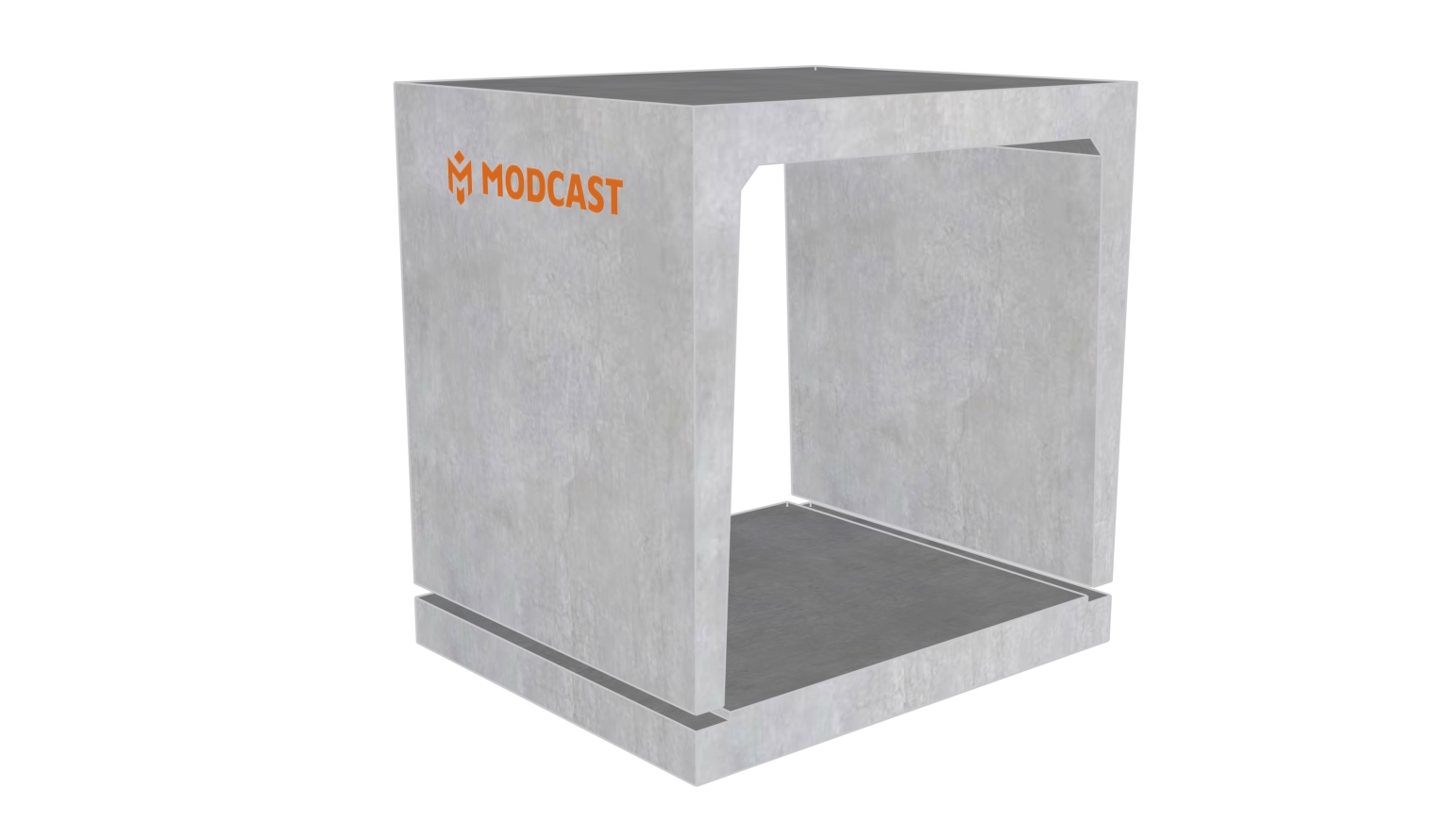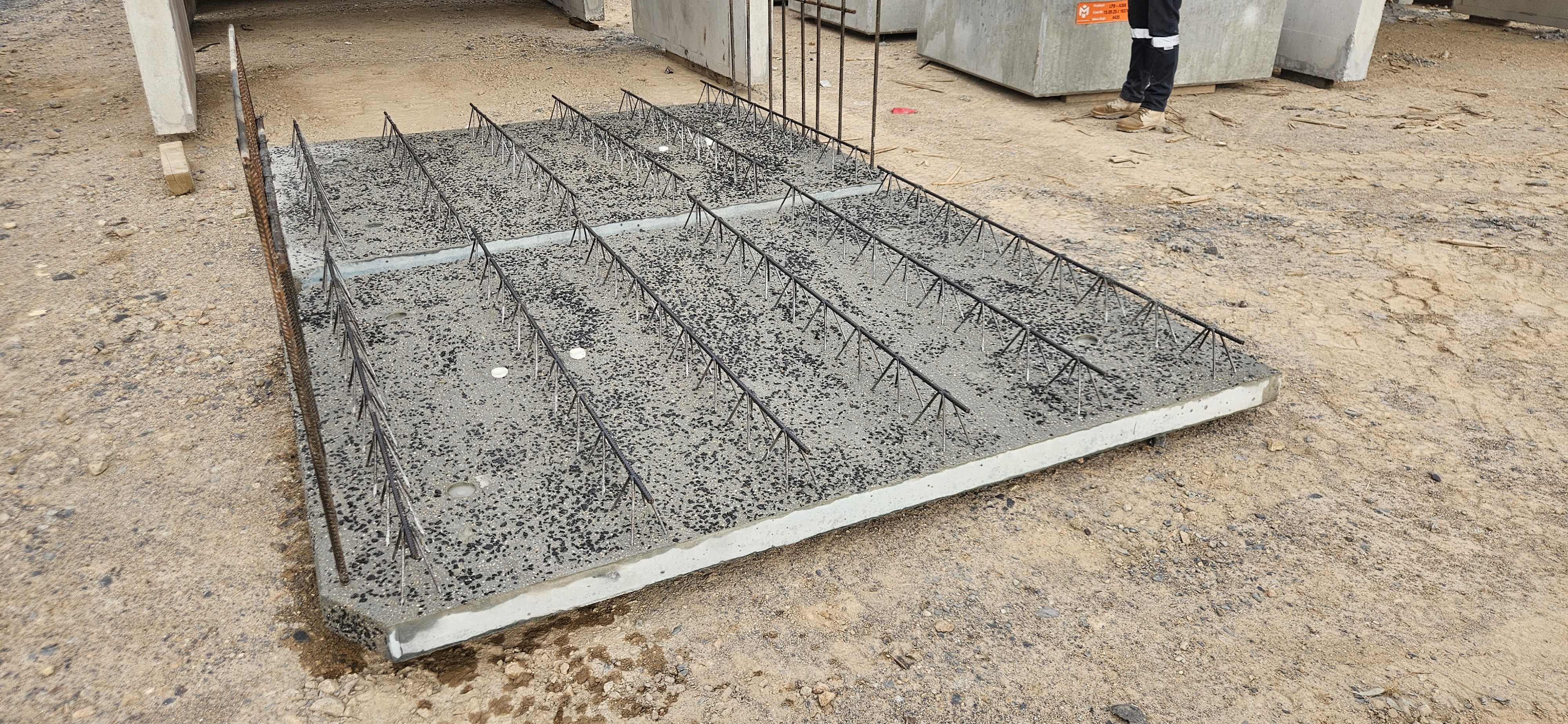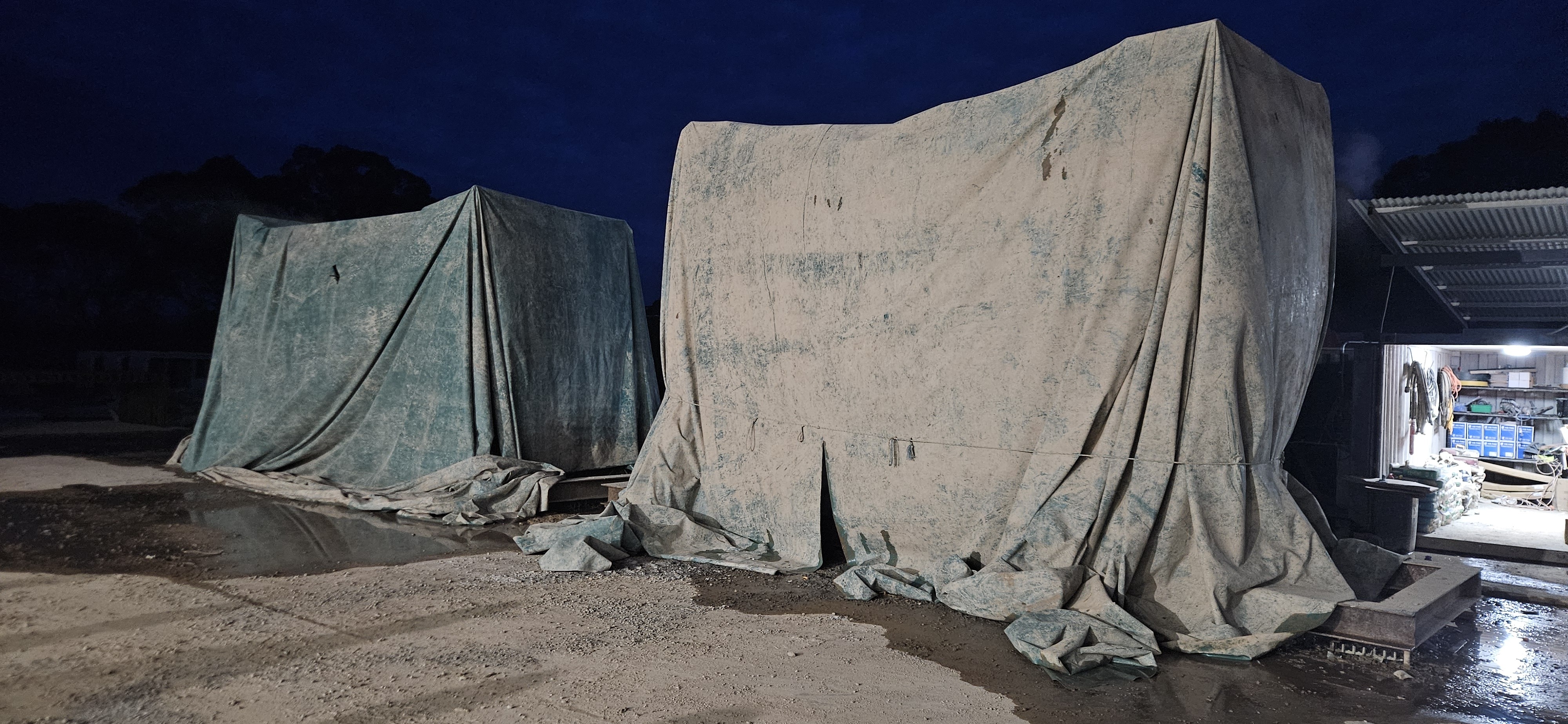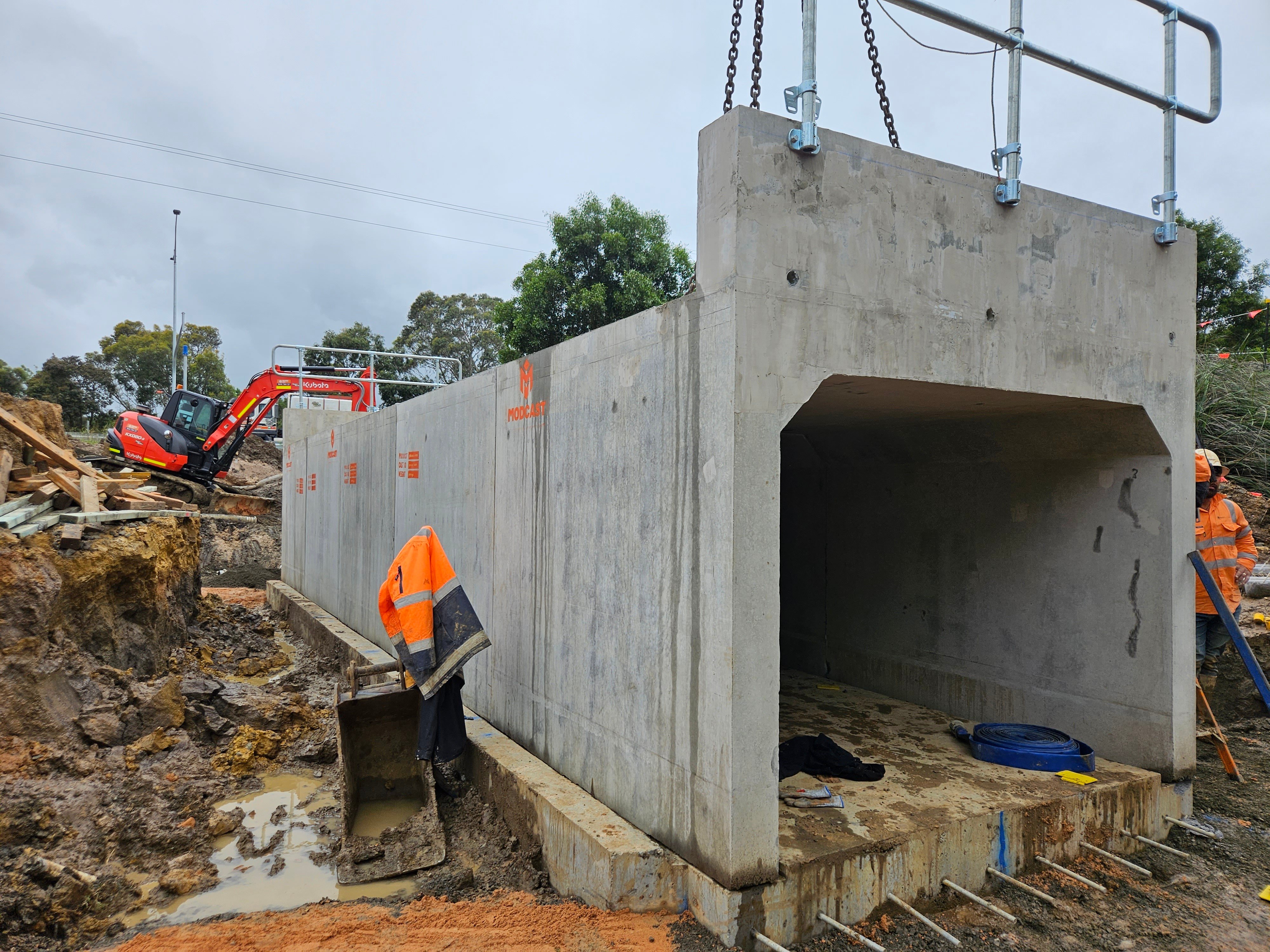In the field of civil engineering, precast concrete box culverts are an integral part of modern infrastructure. These structures may not appear significant, but they play a crucial role in efficiently directing water, pedestrians, and vehicles beneath roads and railways. This article aims to provide a clear understanding of precast concrete box culverts, exploring their design, practical benefits, real-world applications, and key features, including headwalls.
Key Components of a Box Culvert Structure
Precast concrete box culverts can be customized to meet a wide range of requirements. To appreciate the versatility of a box culvert structure, it is essential to understand its key components:
1. Crown Units: These U-shaped units with downward-pointing legs are commonly used for road and railway crossings. They provide a sturdy foundation for the surface structure, allowing vehicles to pass over while maintaining an efficient flow of water beneath.
2. Invert Units: These U-shaped culverts have upward-pointing legs, leaving an open top. They are primarily used for water conveyance, making them ideal for managing streams, ditches, and stormwater. In addition, they provide protection for utility pipes and cables that require easy access.
3. Base Slabs: Box culverts require base slabs, which provide additional support and stability. These slabs evenly distribute loads, preventing settling and ensuring long-term durability. In some cases, the base slab is cast in place, but using precast bases speeds up installation time.
4. Lids: In structures that utilize invert culverts, a lid may be required. These lids are manufactured from precast concrete or other materials such as steel or fiberglass composites.
5. Link Slabs: Link slabs connect individual box culvert sections, creating a continuous multi-cell structure at a lower cost compared to a standard multi-cell structure.
6. Headwalls: Headwalls are structures positioned at the entrance and exit points of a box culvert. They provide a robust structure to control the flow of water into and out of the culvert, preventing erosion and enhancing hydraulic efficiency.
Features of a Box Culvert
Now, let's take a closer look at the features of a precast concrete box culvert unit:
- Legs: The legs of a box culvert are the vertical walls on either side. These sturdy walls provide structural support and define the shape of the culvert.
- Crown: The crown is the topmost surface, or roof, of the culvert. If the culvert is inverted, the crown becomes the base.
- Haunch: The haunch is the sloped section that connects the legs and the crown. It plays a vital role in distributing loads and supporting the structure.
Benefits of Precast Concrete Box Culverts
The advantages of precast concrete box culverts extend to both practicality and efficiency:
- Durability: Precast concrete is inherently strong and resistant to environmental factors such as harsh weather and chemicals. This ensures that these culverts have a long service life and require reduced maintenance.
- Rapid Installation: Box culverts can be quickly and efficiently installed, minimizing disruptions to traffic and reducing construction timelines and costs.
- Customization: These culverts can be tailored to specific project requirements, including size, shape, load-bearing capacity, and the addition of base and link slabs.
- Quality Control: Precast components are manufactured in controlled environments, guaranteeing consistent quality and minimizing construction defects.
Applications in Modern Infrastructure
Precast concrete box culverts find applications in various infrastructure projects:
- Transportation: Crown units are commonly used for road and railway crossings, ensuring smooth traffic flow while efficiently managing water.
- Stormwater Management: Box culverts prevent flooding and erosion, effectively managing stormwater in both urban and rural settings.
- Utility Tunnels: Box culverts house utility lines, protecting them from damage and simplifying maintenance.
- Pedestrian Crossings: Box culverts can also create tunnels to provide a safe passage for pedestrians and cyclists beneath roadways.
In conclusion, precast concrete box culverts, available in various configurations and featuring components such as crowns, base slabs, link slabs, and headwalls, are essential elements of infrastructure. Their robust design, flexibility, and ease of installation make them indispensable in a wide range of civil engineering projects. As our infrastructure continues to evolve, these practical engineering solutions will remain pivotal in ensuring the seamless flow of both water and human activity.





